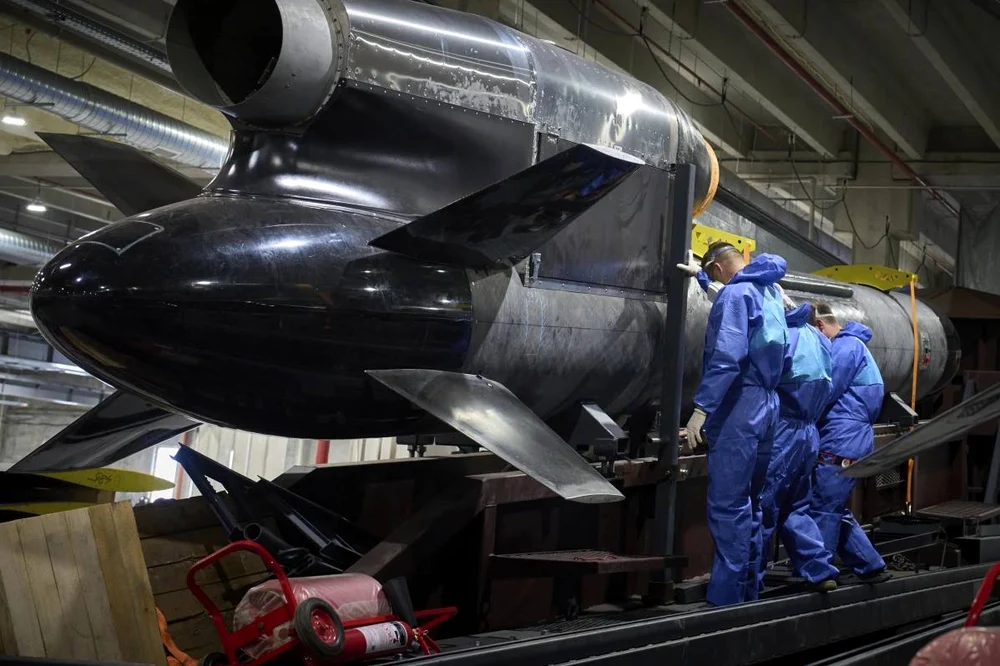Ukraine intends to increase the production of its own long-range cruise missiles FP-5, nicknamed “Flamingo” — weapons that, according to reports, can hit targets several thousand kilometers away and which have probably already been used in attacks on Russian territory. Fire Point Defense management says it currently manufactures between two and three missiles a day; the plan is to increase the rate to seven pieces per day by the end of the month.
Costs and comparisons
Such a missile costs around 500,000 dollars. For context: an American Tomahawk is about four times more expensive — but it has a different profile: smaller range, smaller payload, but a higher probability of precision and resistance to interception. Simply put: “Flamingo” seems built for effect, volume, and autonomy, not for the finesse of surgical strikes.
Technical characteristics — what the manufacturers declare
Irina Tereh, general and technical director at Fire Point Defense, describes FP-5 as cruise missiles with a warhead of up to 1,150 kg and a declared range of up to 3,000 km. Tereh did not give exact details about the speed, but stated that “Flamingo” are faster than other Ukrainian missiles. Soviet turbofan engines are used for construction, and the carbon fuselage can be produced in just six hours — data suggesting a combination of rapid industrial adaptation and resource economy.
Tactical advantages
Due to the large flight area and the ability to continuously correct the trajectory, “Flamingo” can greatly complicate the defensive plans of the adversary: a target can be “confused” by changes in route and by the missile’s ability to approach from unpredictable angles. In practical terms: a threat difficult to neutralize only by conventional coastal or zonal defense.
On August 30, missiles identified as “Flamingo” hit a Russian border outpost and several FSB stars in occupied Crimea — specifically, a leisure base called “Ujut”, near the village of Voloshîne, transformed into a military point by the occupiers since 2017. The event appears to have been a successful operational test of the new Ukrainian capability.
After these results, President Volodîmîr Zelenski announced the intention for Ukraine to produce more missiles by December, and to start mass production during the winter. It’s an ambitious promise, which puts on the table two realities: on the one hand, Ukraine’s industrial and logistical capacity to quickly scale up a weapons program; on the other hand, the risk of escalating operations and expanding the theater of conflict.
Read more HERE

